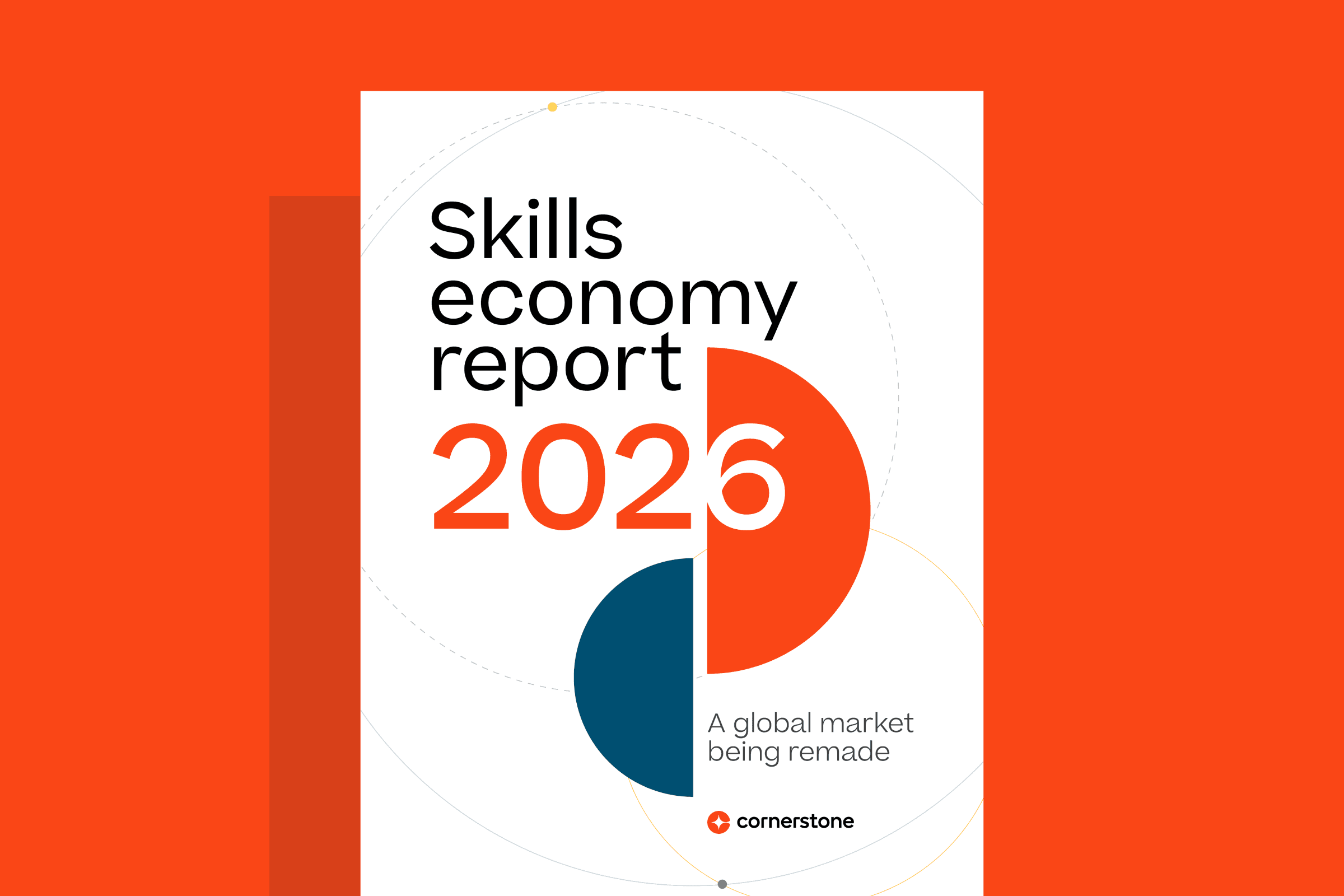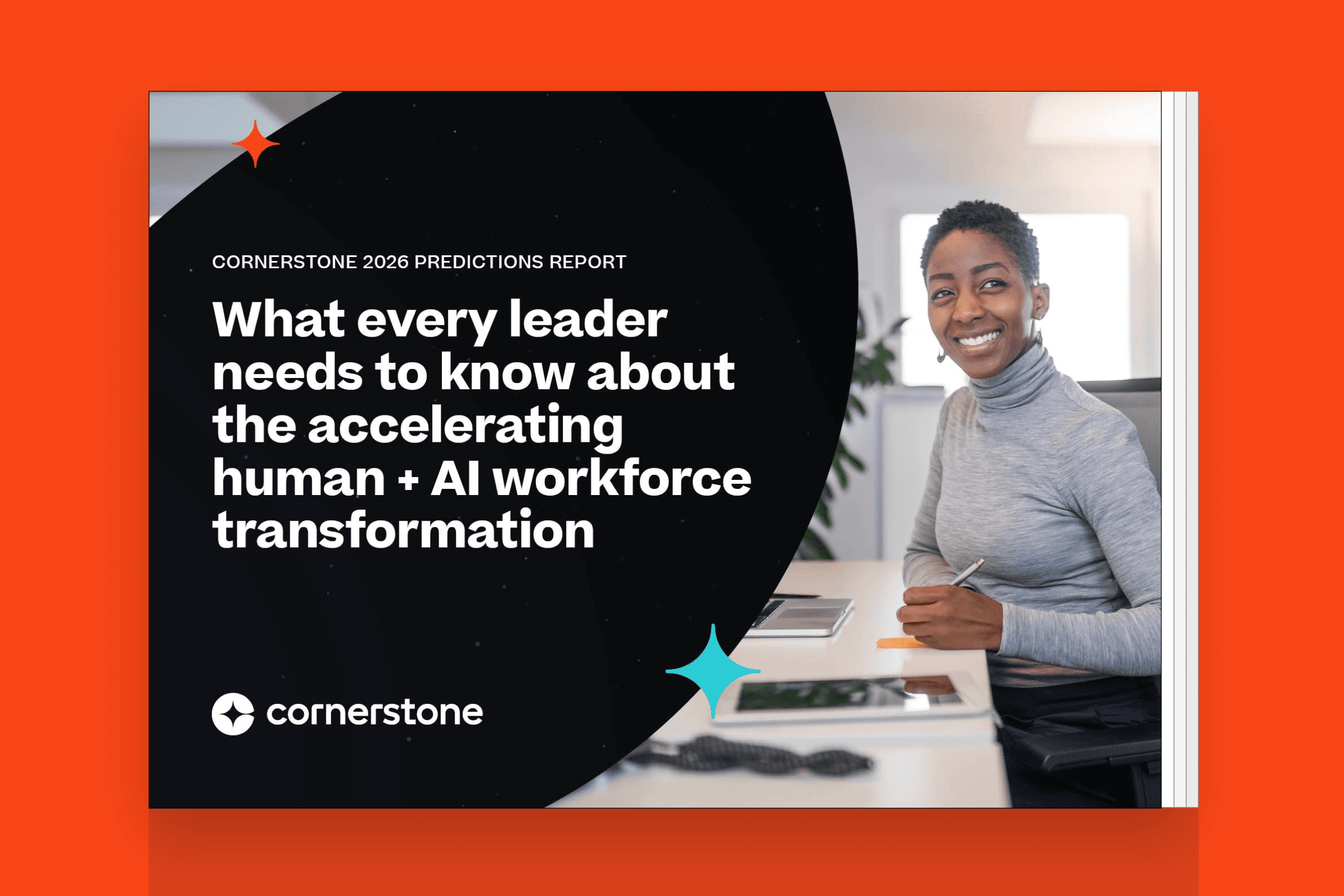Standardization in the workplace has long been championed for the sake of productivity and efficiency. Whether it’s compliance training, a company’s approach to performance management or even a company’s “normal” working hours, having one policy for all is seen as fair.
But as the most diverse generations yet enter the workforce, the need to recognize intersectionality in the workplace is growing exponentially. These long-held, one-size-fits-all standards are not equitable for everyone — so they’re starting to break down.
What is intersectionality in the workplace?
The term intersectionality was coined in 1989 by professor Kimberlé Crenshaw to describe how different individual characteristics (race, gender, sexuality, etc.) overlap. An individual’s different “intersecting” identities impact how they are treated and how they are perceived.
For example, we know that the pandemic has had a disproportionate impact on women. But think about how this experience may be different for Black women, who have statistically experienced higher rates of job loss and how a Black woman’s experience may differ even further if she is queer or is a person with a disability.
Recognizing the significance of each layer of identity, and how they create disparity, is a crucial step in creating more equitable systems.
The lack of intersectionality in the workplace today is a source of strain for many employees. According to this survey from The New York Times, a majority of employees of color reported being highly on guard in the workplace. Many employees are exhausted from the mental and emotional toll of code-switching at work or enduring microaggressions and sexual harassment.
HR practitioners can embrace intersectionality in the workplace by evaluating three key areas of opportunity:
- How data is collected and analyzed
- How the leadership approaches diversity, equity, inclusion and belonging (DEIB) initiatives
- How individual employees are valued across all aspects of the employee experience
The goal is to create space for more individuality and personalization. It’s a feat that might not have been possible at scale a decade ago, but today, we have the technology to make it happen.
Reevaluate how and why you’re measuring data
Managers and department leads are tasked with making their teams as efficient and productive as possible.
But by measuring things like productivity and output, we’re not taking a human lens to employee assessment. This disproportionately rewards employees who fit into the existing system — and makes it more difficult for those who don’t to truly be successful.
Some companies, including Cornerstone, are starting to shift from measuring performance scores throughout the year to measuring performance based on career development progress.
This changes the lens from quantity (measuring individual output) to quality (measuring individual growth). It shifts the conversation to assess each employee based on their individual context — and positions companies to support employees based on their needs and circumstances, rather than existing standards.
There are a host of opportunities to rethink metrics like this.
Technology, including machine learning and AI, can make it easy to measure more nuanced workforce data and help companies identify blind spots. For example, using AI to collect detailed data can reveal whether companies have particularly high turnover among certain employees, or whether certain groups of employees are more likely to be promoted than others.
Once issues like these are identified and validated, companies can update their existing processes to drive change. However, it’s important to recognize AI algorithms risk producing biased outputs after seeking patterns that reflect outdated practices. And because humans who write AI algorithms have their own bias, it’s critical to use clean data and provide human oversight to maintain equity and ensure ethical use.
Make time for DEIB — no exceptions
There’s ample research to suggest greater team diversity is better for business. But whenever teams are under pressure — rushing toward a deadline or juggling many things at once — DEIB initiatives are generally the first things to fall by the wayside.
But setting DEIB to the side invites unconscious bias into the workplace. It allows employees to not only set aside their personal DEIB goals but also slip back into old habits (like using offensive language or not giving everyone in a meeting the opportunity to speak). Reverting to the status quo in this way can cause companies to backslide in their efforts to embrace intersectionality in the workplace.
DEIB needs to be prioritized on a regular basis, from the highest levels of the organization. It’s this work — from learning to evolving existing policies — that makes room for intersectionality.
Leaders and managers must consistently take opportunities to proactively be involved in DEIB: Address topics like the bystander effect or how to be an ally in all-hands meetings, for example, or sponsor ERGs that celebrate parts of people’s identities and encourage leadership to participate in events hosted by these groups.
Prioritizing DEIB from the top displays inclusivity, and as a result, helps all employees feel empowered to participate.
Another way to demonstrate a longstanding commitment to DEIB is to give employees access to engaging, impactful learning content that they can return to for continued development. Here again, technology plays a critical role in helping intersectionality make its way into the workforce.
The broader availability of on-demand learning opportunities means companies can easily give employees the resources to access training and work together to create a more inclusive environment. A critical component of closing the gap between access to learning content and employee participation is ensuring engagement begins at the leadership level. After management teams share their commitment to learning, employees will understand the importance of education, too.
Access more information, resources and best practices for mitigating unconscious bias in the workplace, try our free Cornerstone Cares DEIB learning courses
Personalizing the employee experience
Overall, intersectionality in the workplace means moving away from standardization and toward personalization. And managing your employees’ unique needs goes hand in hand with promoting DEIB, which must be present across recruiting, performance, learning content and career management.
A decade ago or more, it wasn’t possible to understand — much less meet — the needs of each individual employee at scale. But by infusing data and tools like AI into the employee journey, it’s possible.
The Cornerstone Skills Graph is an example of an AI-powered tool that can drive equity and inclusion throughout the employee experience by gathering information about employee skills, interests, learning history and aspirations. It can parse employee data and make recommendations about learning opportunities and new skills to develop. It can also help employers understand who on their team they should tap to tackle a new project or step into a new role.
Overall, the Skills Graph weaves DEIB into talent management across all touchpoints, including learning and recruiting, by ensuring managers and leadership teams can meet their employees’ unique needs on a regular basis.
If employees at every level don’t feel safe to grow, take risks and thrive, companies won’t see the full benefit of their workforce — and innovation will continue to come only from a small group of top leaders, who often lack diversity in thought and represent only a portion of an organization’s population.
In the coming years, companies need to lean into technology tools to embrace intersectionality and meet individual employee needs at scale, whether it’s to deliver tailored learning programs or help employees develop their interests, skills and overall careers. It’s this relentless approach to people that will drive productivity and growth — not the other way around.


